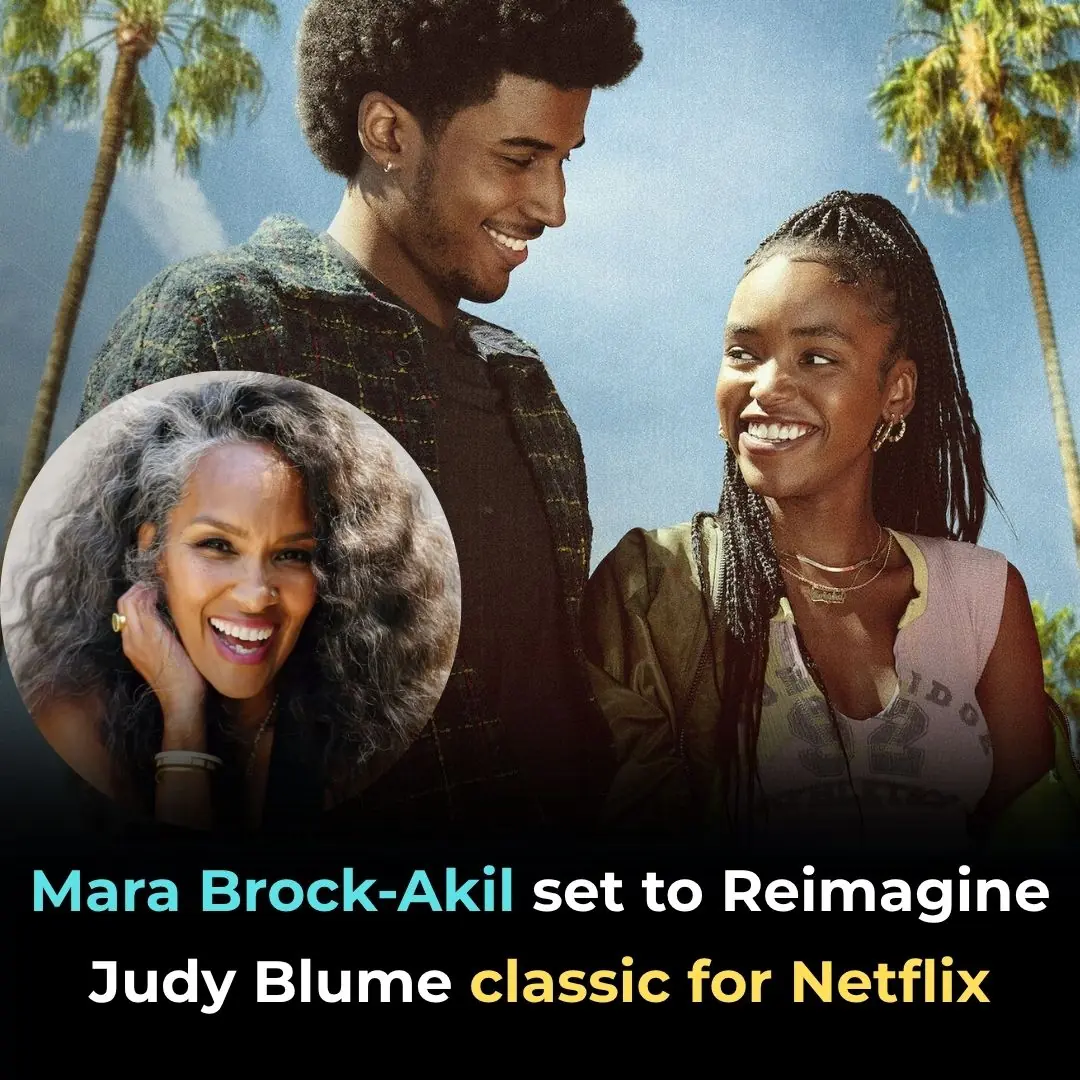
Trump Gets His Wish as Coca Cola Launches Cane Sugar Version
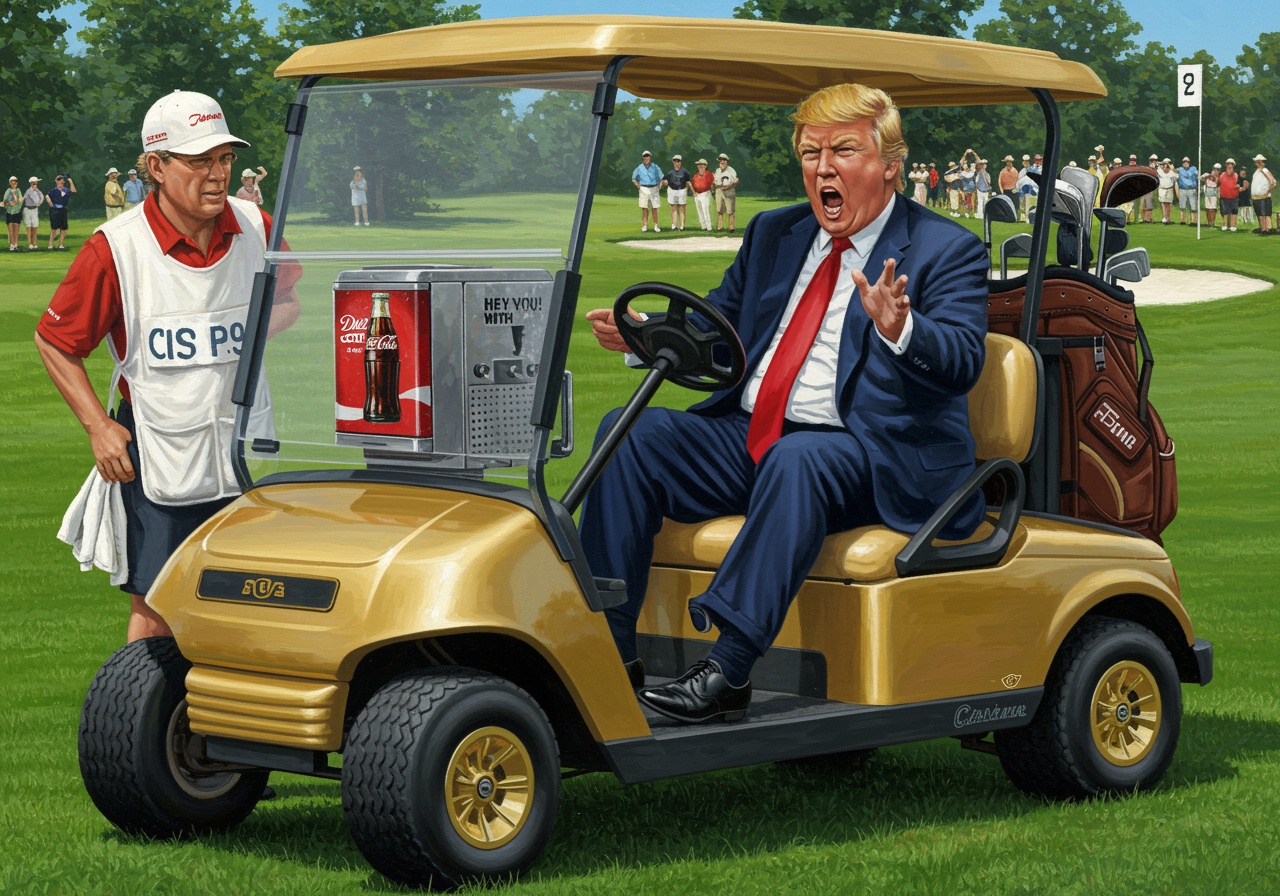
For decades, Americans have sipped their Cokes with a dose of nostalgia and a splash of corn syrup. But this fall, Coca-Cola has made a fizzing pivot that’s stirring conversations from soda lovers to political commentators. After months of public nudging from former President Donald Trump, the Atlanta-based beverage giant is officially introducing a version of its flagship drink made with real cane sugar in the United States. And, of course, Trump wasted no time taking credit.
Coca-Cola confirmed that its new 12-ounce glass bottles of Coca-Cola “Original Taste” sweetened with U.S. cane sugar have begun appearing in select markets across the country. The rollout, according to the company, is both a celebration of American manufacturing and a nostalgic nod to the brand’s roots. Yet behind those gleaming bottles lies a fascinating mix of politics, supply-chain juggling, health debates, and marketing wizardry. Because when America’s most powerful figures start arguing about soda recipes, something deeper — and far sweeter — is bubbling beneath the surface.
Trump’s Sweet Victory
Donald Trump first teased the idea back in July with one of his trademark posts on Truth Social, proclaiming that Coca-Cola had agreed to his request for “REAL Cane Sugar” in its American Coke. “You’ll see,” he wrote. “It’s just better!” Within weeks, Coca-Cola confirmed that at least part of the rumor was true: a new cane-sugar Coke was indeed on the way — the first such release in the U.S. in decades.
The company’s executives tread carefully, declining to explicitly link the move to Trump’s comments while emphasizing their broader effort to offer “more ways for consumers to enjoy the beverages they love.” Still, the timing was striking. The new Coke appeared just as Trump and his allies were promoting his “Make America Healthy Again” initiative — a policy push that encourages reducing processed ingredients like high-fructose corn syrup.
The campaign, championed by Health Secretary Robert F. Kennedy Jr., positions corn syrup as a public health villain linked to obesity and diabetes. Kennedy even called it “poison,” and when the new Coke was announced, he posted triumphantly on X: “MAHA is winning.”
For Trump, the reformulation was a patriotic victory — a chance to “bring home” the cleaner, cane-sugar taste long available in Mexican Coke, which many American soda fans consider superior. Coca-Cola, perhaps recognizing a golden marketing opportunity, embraced the nostalgia without fully diving into the politics. The result: a product that feels both familiar and freshly charged with cultural symbolism.
The Taste of Nostalgia
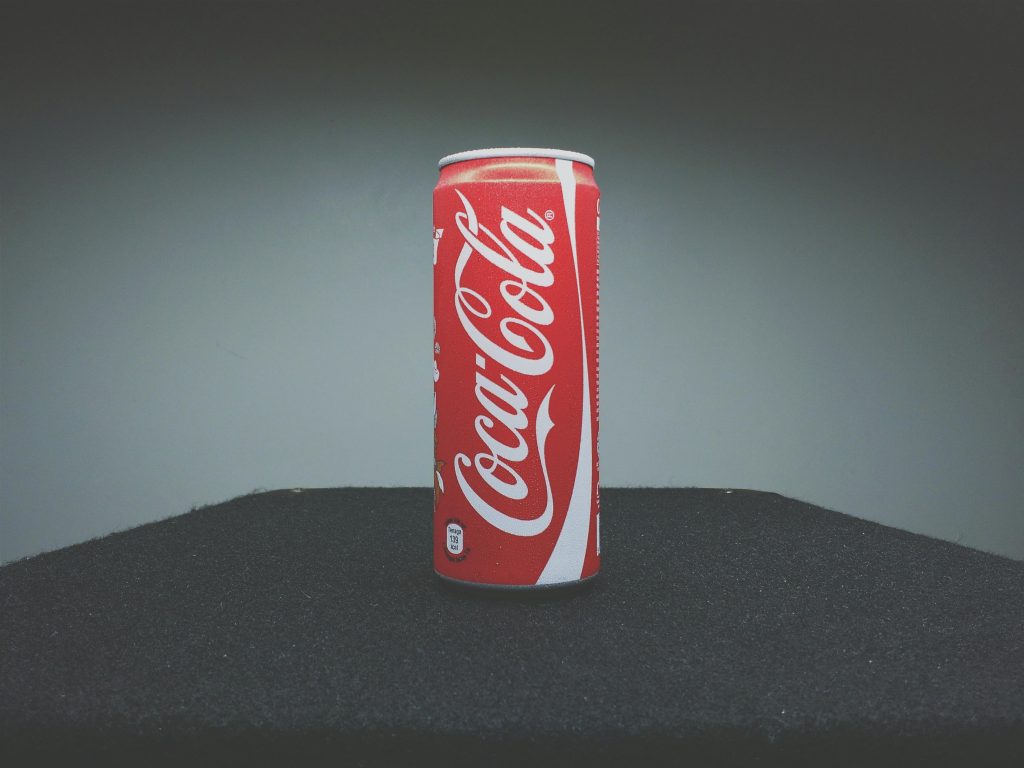
The new cane-sugar Coke isn’t replacing the standard American formula, which will still use high-fructose corn syrup. Instead, it’s being positioned as a premium, limited-edition treat — bottled in the iconic glass silhouette that recalls 1950s Americana, when Coke cost a nickel and rock ’n’ roll was king.
Fans of Mexican Coke have long praised its brighter, cleaner sweetness compared to its corn-syrup cousin. Blind taste tests often show that consumers prefer the cane-sugar version, though scientists note that chemical differences between the two sweeteners are minimal. The distinction, some experts say, may lie more in emotion than chemistry.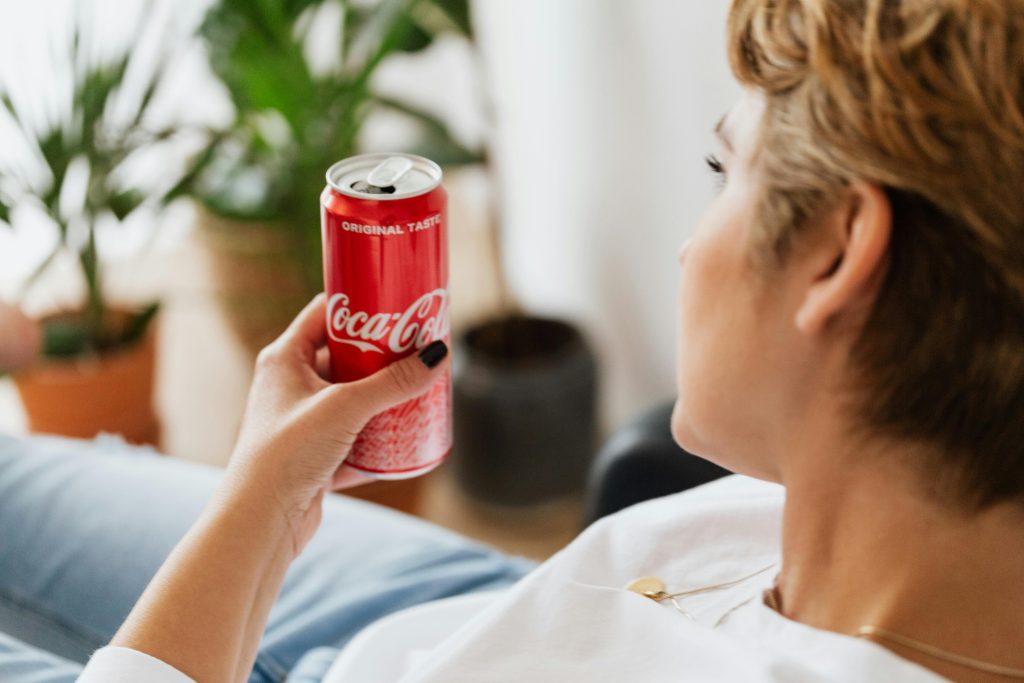
In one experiment reported by The New York Times, participants consistently favored the cane-sugar Coke even when they couldn’t identify which was which. That suggests nostalgia might be as powerful an ingredient as sugar itself. The glass bottle, the tactile weight in the hand, the crisp pop of the cap — all of it feeds into the sensory memory that makes the drink taste like “the real thing.”
But this nostalgic revival isn’t just about flavor. Trump’s endorsement turned what could have been a routine product launch into a cultural flashpoint. Is Coca-Cola cleverly riding a political wave, or is it genuinely trying to bridge America’s divided tastes one bottle at a time? Either way, the strategy worked. “Trump-approved Coke” trended across social media, blending pop culture, patriotism, and brand savvy into a uniquely American spectacle.
Sweet Supply Chain Struggles
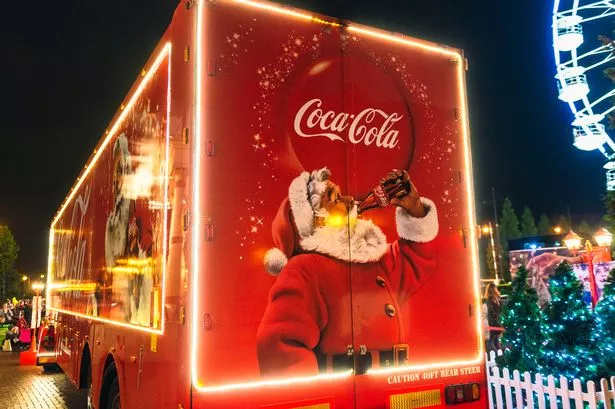
There’s a practical reason Coca-Cola hasn’t used cane sugar in its U.S. beverages for so long: economics. High-fructose corn syrup, introduced in the 1970s, is cheaper, more stable, and heavily subsidized by U.S. agriculture policy. Switching back isn’t as simple as swapping syrups — it requires sourcing huge quantities of cane sugar, something the U.S. doesn’t produce in abundance.
Coca-Cola’s Chief Financial Officer, John Murphy, told Bloomberg that these constraints are shaping a “measured rollout.” “There’s only so much U.S. cane sugar available,” he said, noting that glass bottling capacity is another limiting factor. Producing glass bottles is slower and more expensive than aluminum cans or plastic, adding another layer of complexity.
For now, the cane-sugar Coke will appear only in select cities and specialty retailers. If the experiment proves successful, Murphy hinted that broader availability could come by 2026 as production scales up. In a global market still recovering from pandemic-era supply disruptions, even nostalgia must navigate logistics.
Is Cane Sugar Really Healthier?
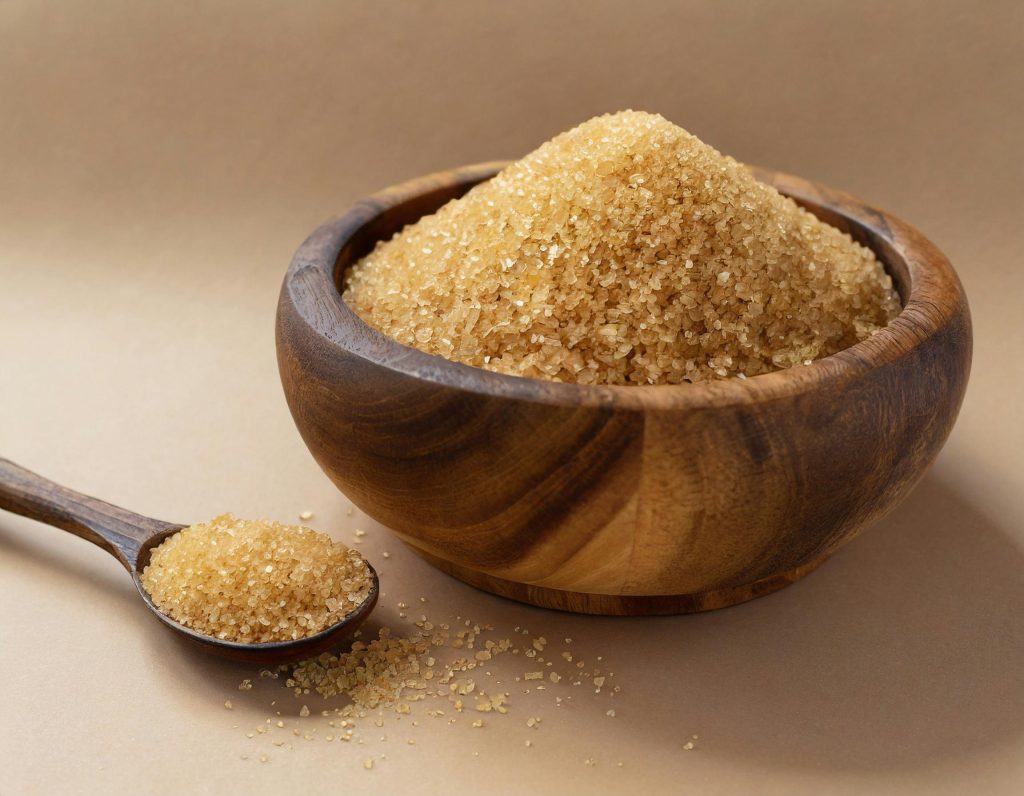
At first glance, a Coke made with “real sugar” sounds healthier. But nutritionists caution that swapping sweeteners doesn’t change the fundamental chemistry of soda. “Our bodies can’t tell the difference between cane sugar and corn syrup,” said registered dietitian Caroline Susie of the Academy of Nutrition and Dietetics. “Sugar is sugar — we process it the same way.”
Dr. Wesley McWhorter, another spokesperson for the Academy, explained that cane sugar (sucrose) is a 50/50 blend of fructose and glucose, while high-fructose corn syrup typically contains around 55% fructose — nearly identical. The FDA, too, maintains that there’s no scientific evidence suggesting one is safer than the other.
Still, perception matters. The phrase “real sugar” evokes authenticity and simplicity — a powerful message in a world wary of processed additives. Coca-Cola understands this psychology perfectly. By marketing the cane-sugar version as a nostalgic indulgence rather than a health upgrade, the company sidesteps scientific scrutiny while capitalizing on emotional resonance.
Coke’s Modern Balancing Act
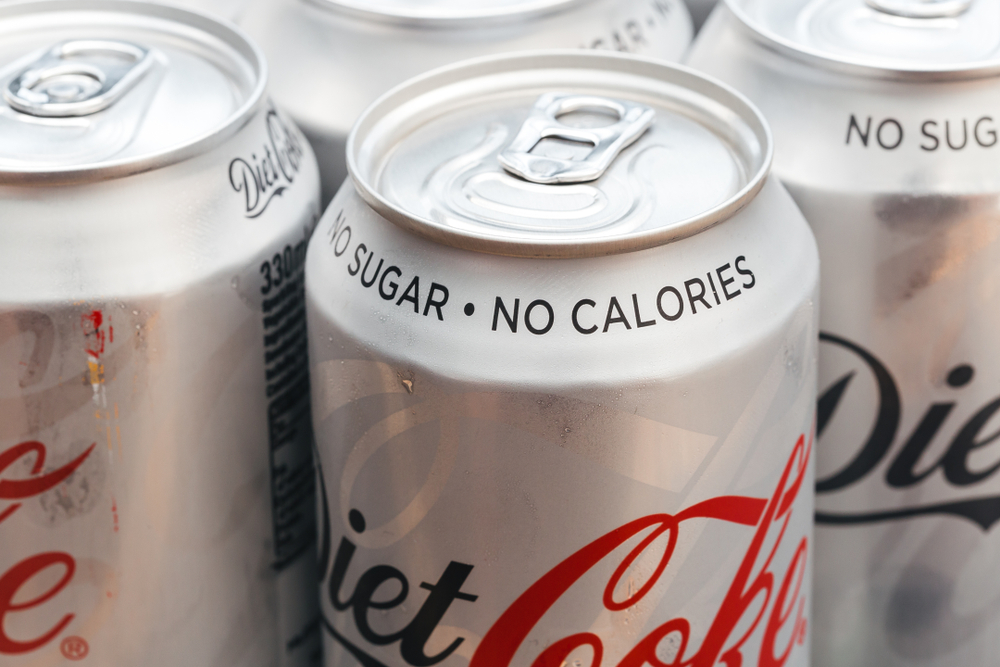
Behind the nostalgic glow, this launch reflects Coca-Cola’s evolving identity. The company has spent years diversifying beyond its sugary roots, investing in bottled water, coffee, and energy drinks. Brands like Smartwater, Costa Coffee, and BodyArmor now drive much of its growth. Meanwhile, Coke Zero Sugar — the company’s no-calorie variant — saw a 14% global volume increase in the latest quarter, proof that many consumers are prioritizing health over sweetness.
Yet nostalgia remains a potent force. The cane-sugar Coke bridges two worlds: the carefree indulgence of classic Americana and the contemporary hunger for authenticity. For older generations, it rekindles childhood memories. For younger consumers, it’s vintage chic — a curated experience that feels handcrafted in a mass-produced world.
As marketing plays go, this one’s brilliant. Coca-Cola managed to dominate headlines, spark a cultural debate, and resurrect its most iconic packaging — all without alienating any major demographic. Whether you see Trump’s involvement as a publicity stunt or a populist win, it’s hard not to admire the marketing precision that turned a minor ingredient change into a national conversation.
A Sugary Reflection
In the end, Coca-Cola’s cane-sugar experiment probably won’t transform American health or consumption habits. The science is clear: too much sugar — from any source — isn’t good for you. But the story offers a fascinating glimpse into modern consumer psychology. We’re not just buying beverages; we’re buying emotions, identities, and collective memories.
Trump’s role in this saga highlights how blurred the lines between politics, culture, and commerce have become. That a former president can influence the recipe of America’s most recognizable drink says as much about today’s media ecosystem as it does about marketing strategy.
Whether you interpret it as a patriotic triumph, a nostalgic indulgence, or a corporate masterstroke, one truth remains: few things unite Americans like an ice-cold Coke in a glass bottle. Beneath the fizz lies something more than sweetness — a reminder that even the simplest pleasures can carry the full weight of a nation’s conversation, one effervescent sip at a time.
News in the same category

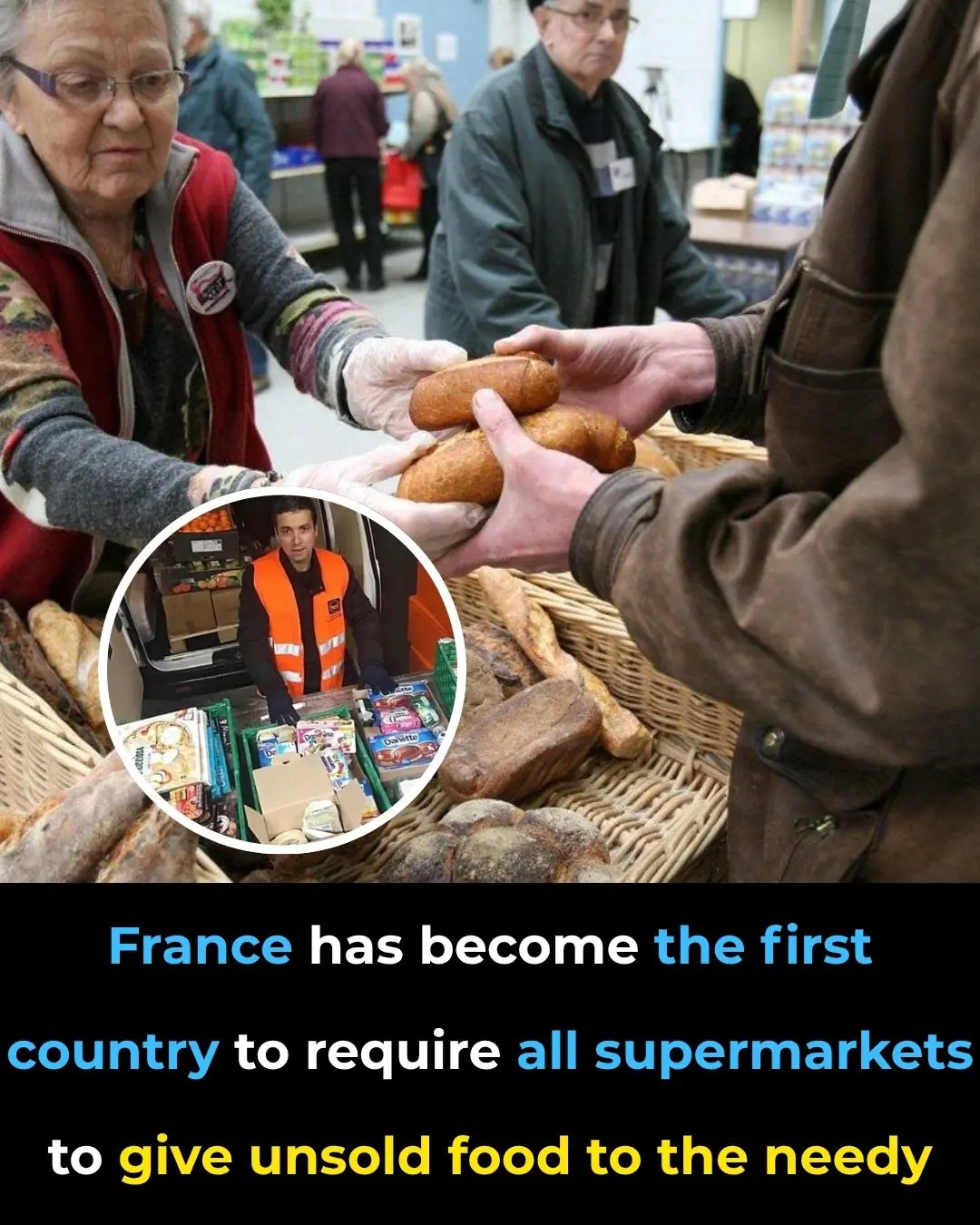
France Bans Supermarkets From Wasting Food, Turns Trash Into Meals for Millions
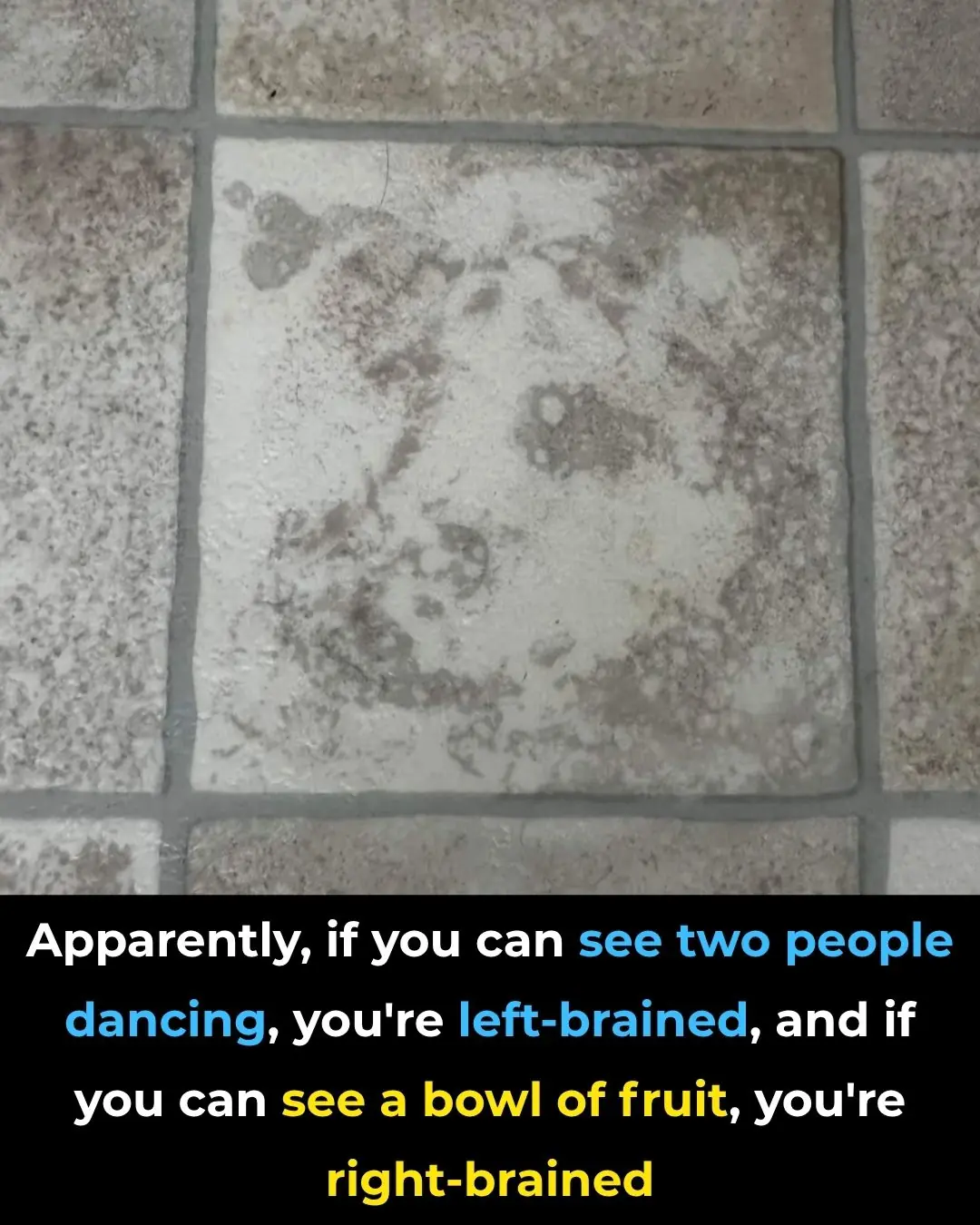
Why Do We Perceive Faces in Ordinary Objects?

How Your Sleep Position Reveals If You’re Lazy
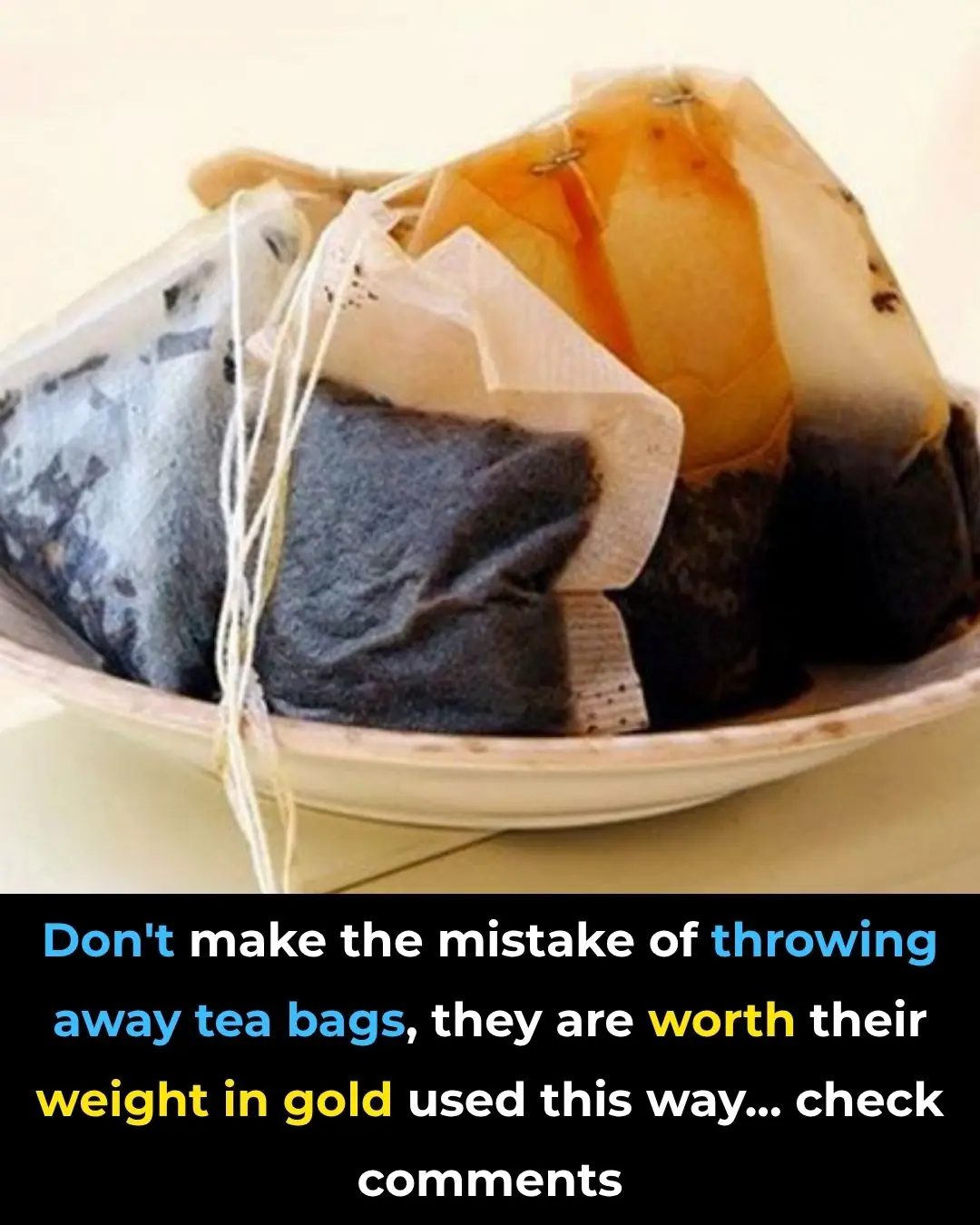
7 Clever DIY Uses for Used Teabags That Will Make You Think Twice Before Tossing Them
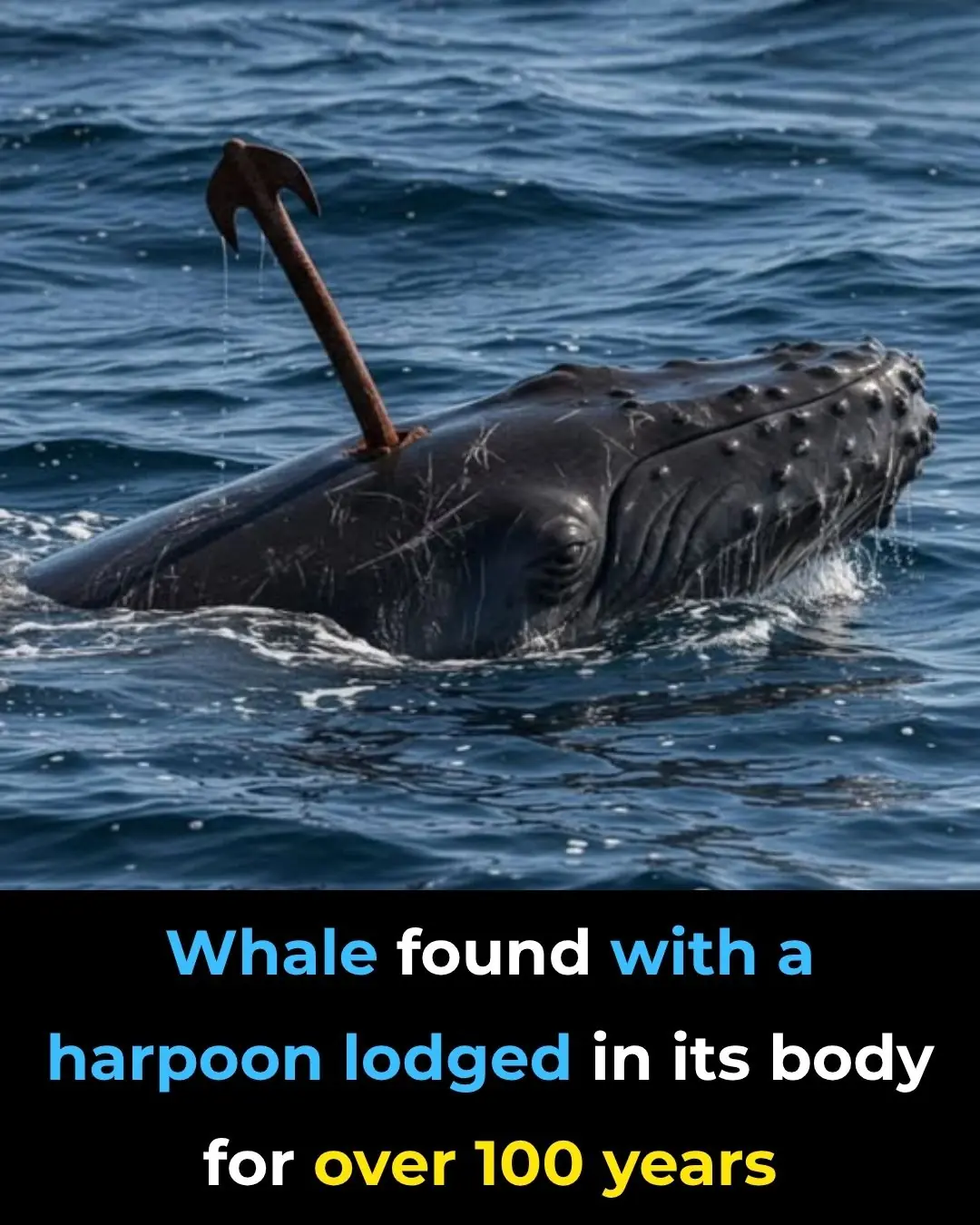
The Whale That Carried History In Its Neck For Over 100 Years
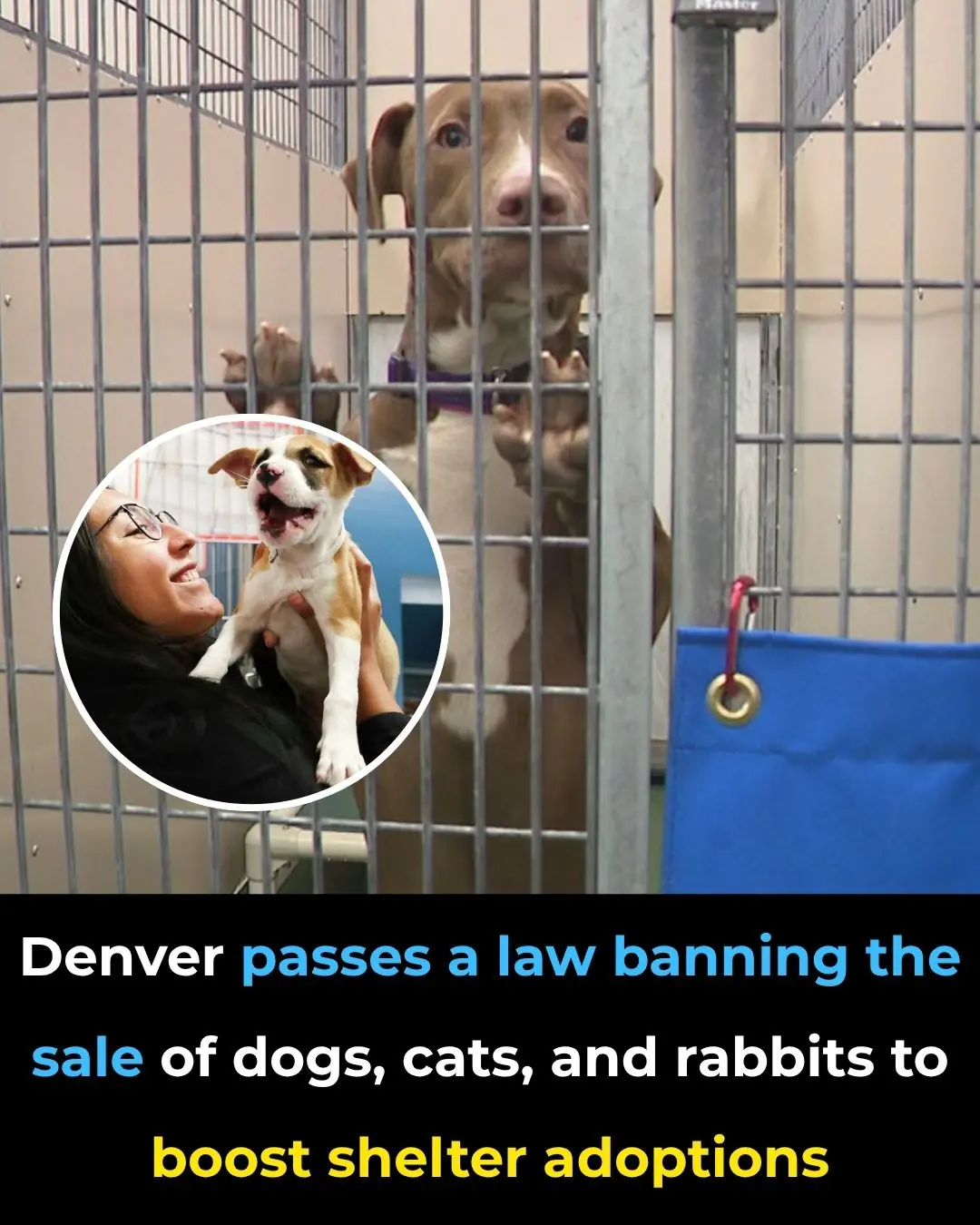
Denver Bans the Sale of Dogs, Cats, and Rabbits, Paving the Way for More Shelter Adoptions

If you rub these 2 points behind your knees, this is the effect on your body

Its true meaning you probably don't know

Steps to Take When Your Adult Children No Longer Show Respect

Never Throw Away These 4 Things at Their Funeral..
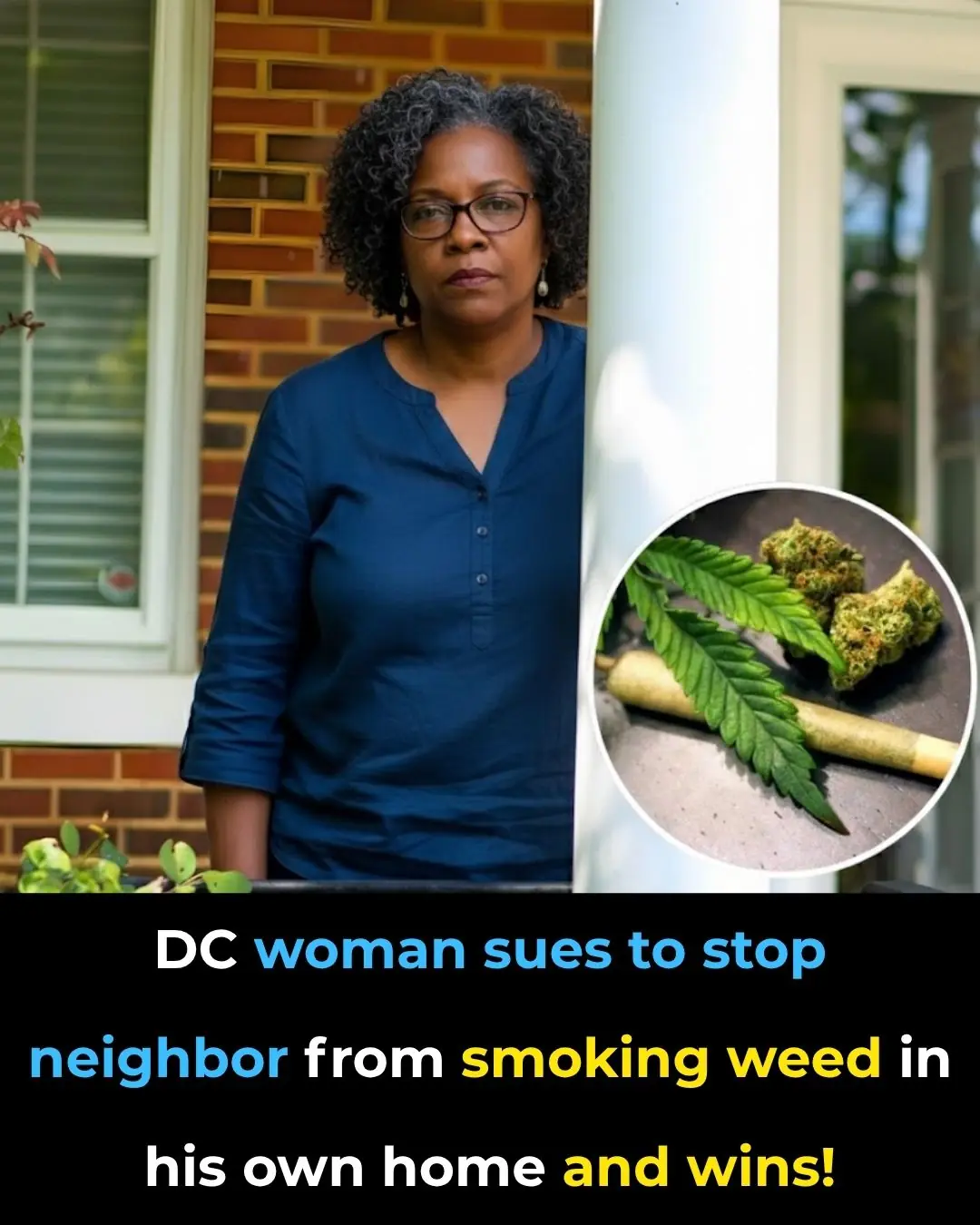
DC Woman Wins Landmark Case After Suing Neighbor Over Overpowering Weed Smell

Bill Gates–Backed Beyond Meat Faces Collapse After Massive Stock Drop

According To This Psychologist, A Dirty Car Can Reveal A Lot About Your Personality
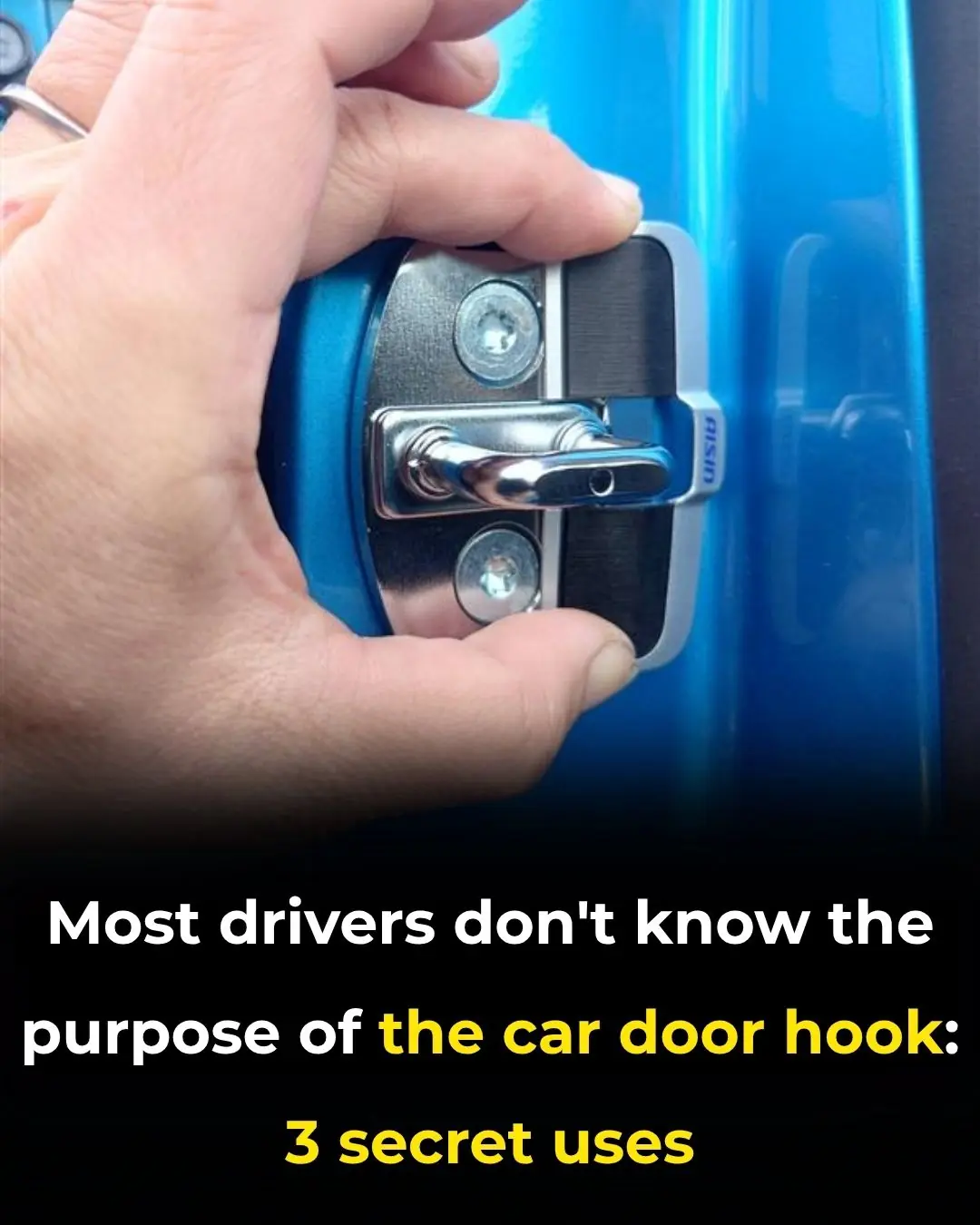
Most drivers don't know the purpose of the car door hook
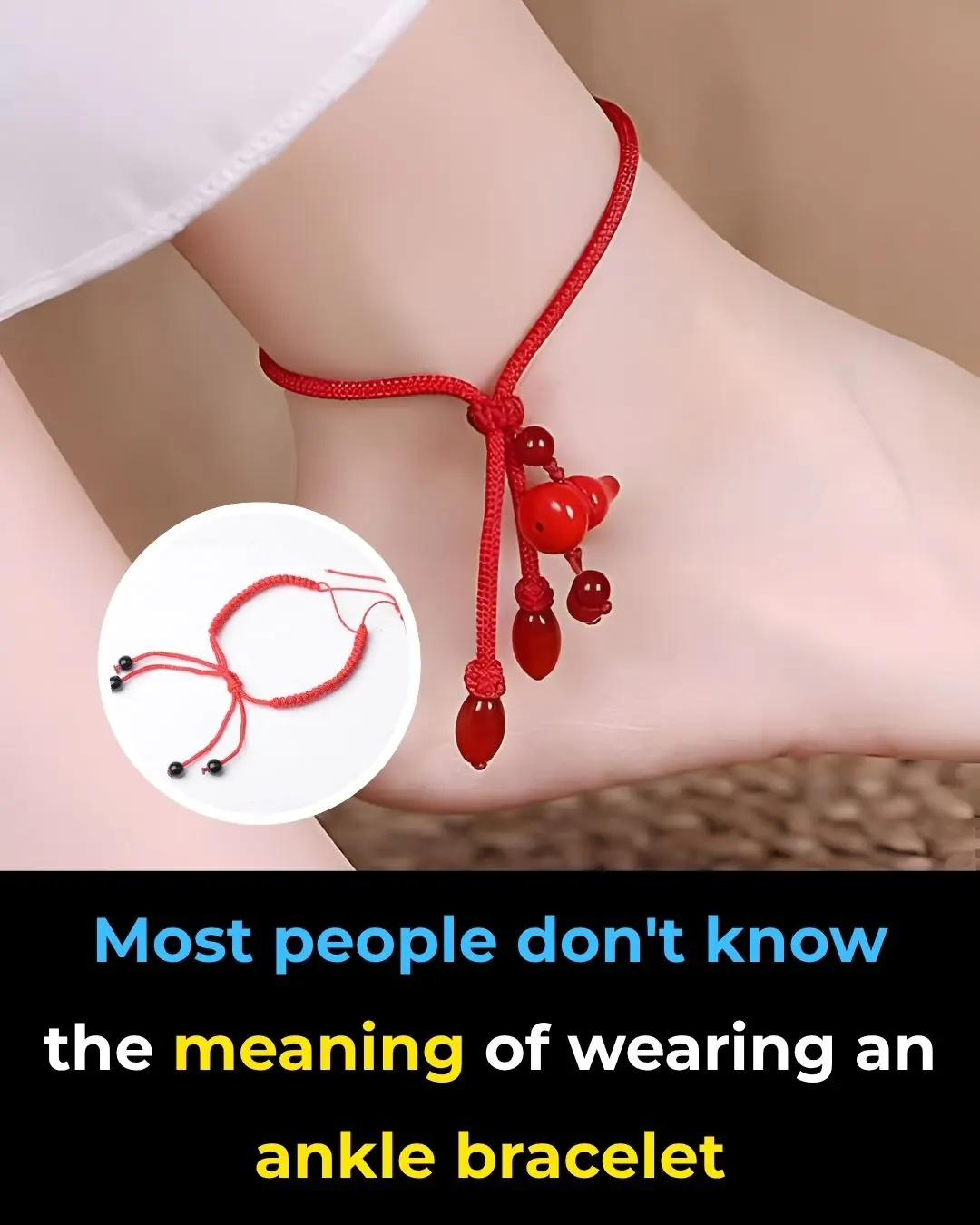
Most people don't know the meaning of wearing an ankle bracelet

What Clutter and Neglect Might Be Saying

Why the “Good Side” of Your Fence Should Face Your Neighbor

If a Man Doesn’t Appreciate You, Here’s What You Should Do
News Post
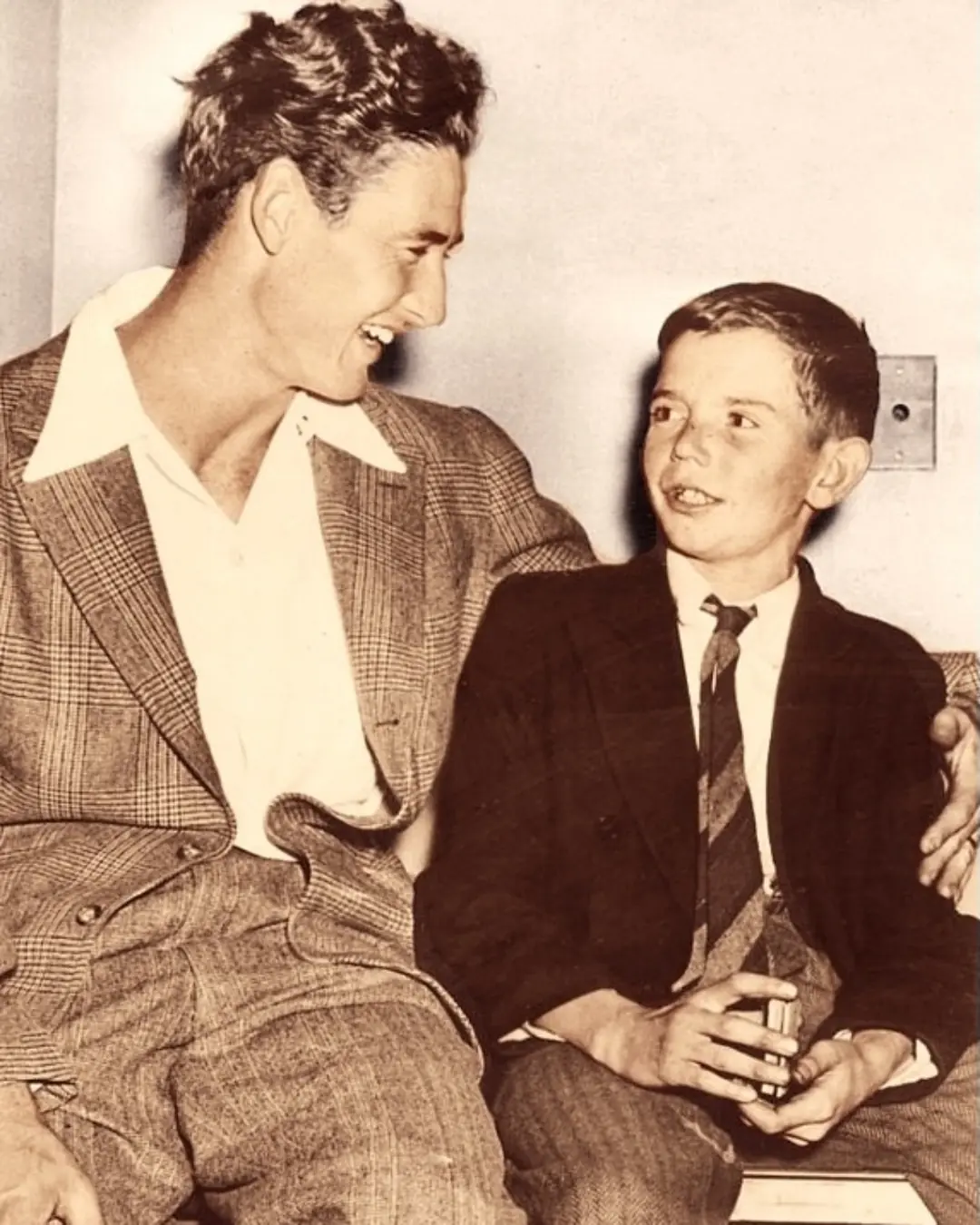
The Boy Who Hitchhiked 250 Miles to Meet His Hero.
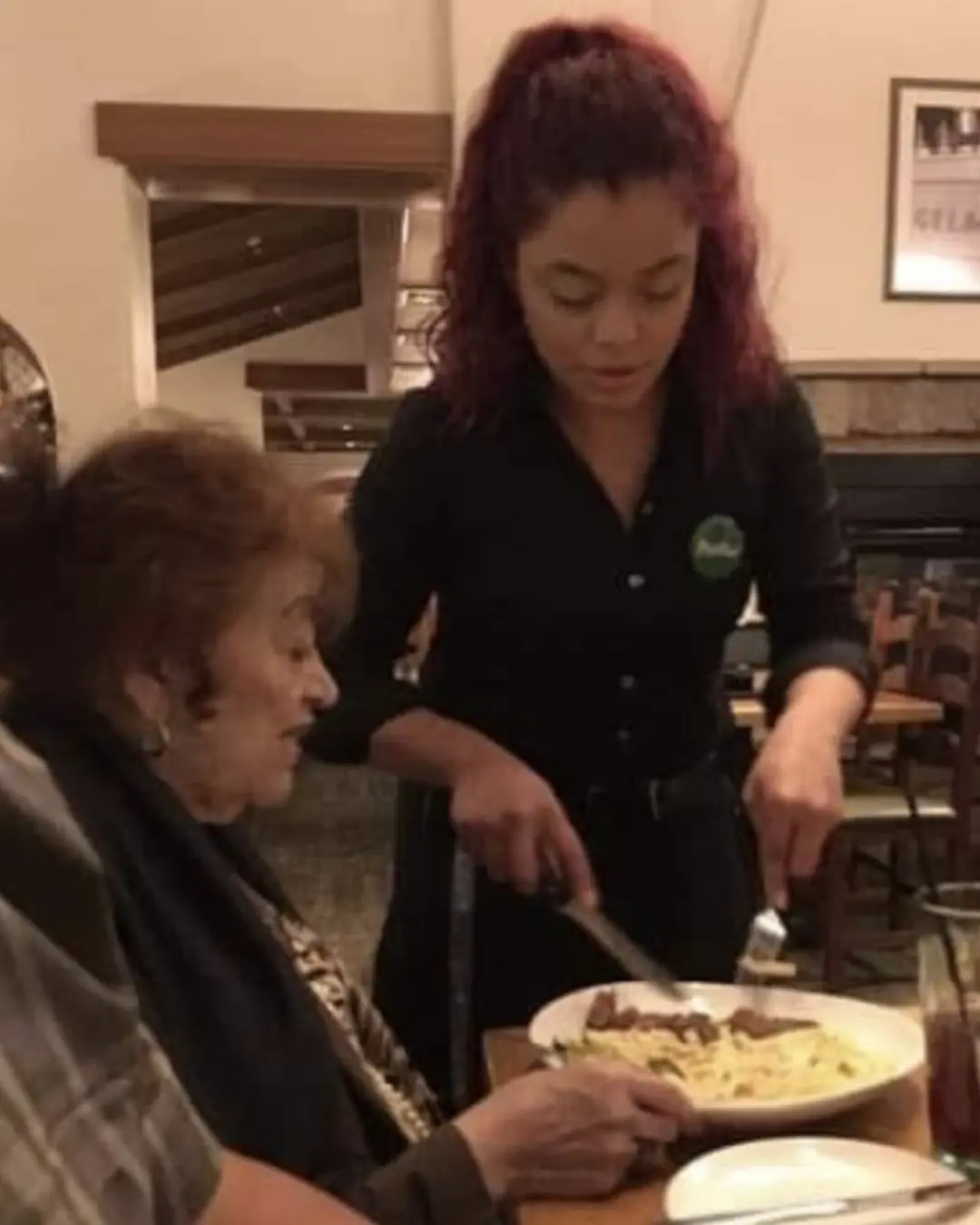
A Waitress Named Susie and the Night Kindness Stole the Spotlight
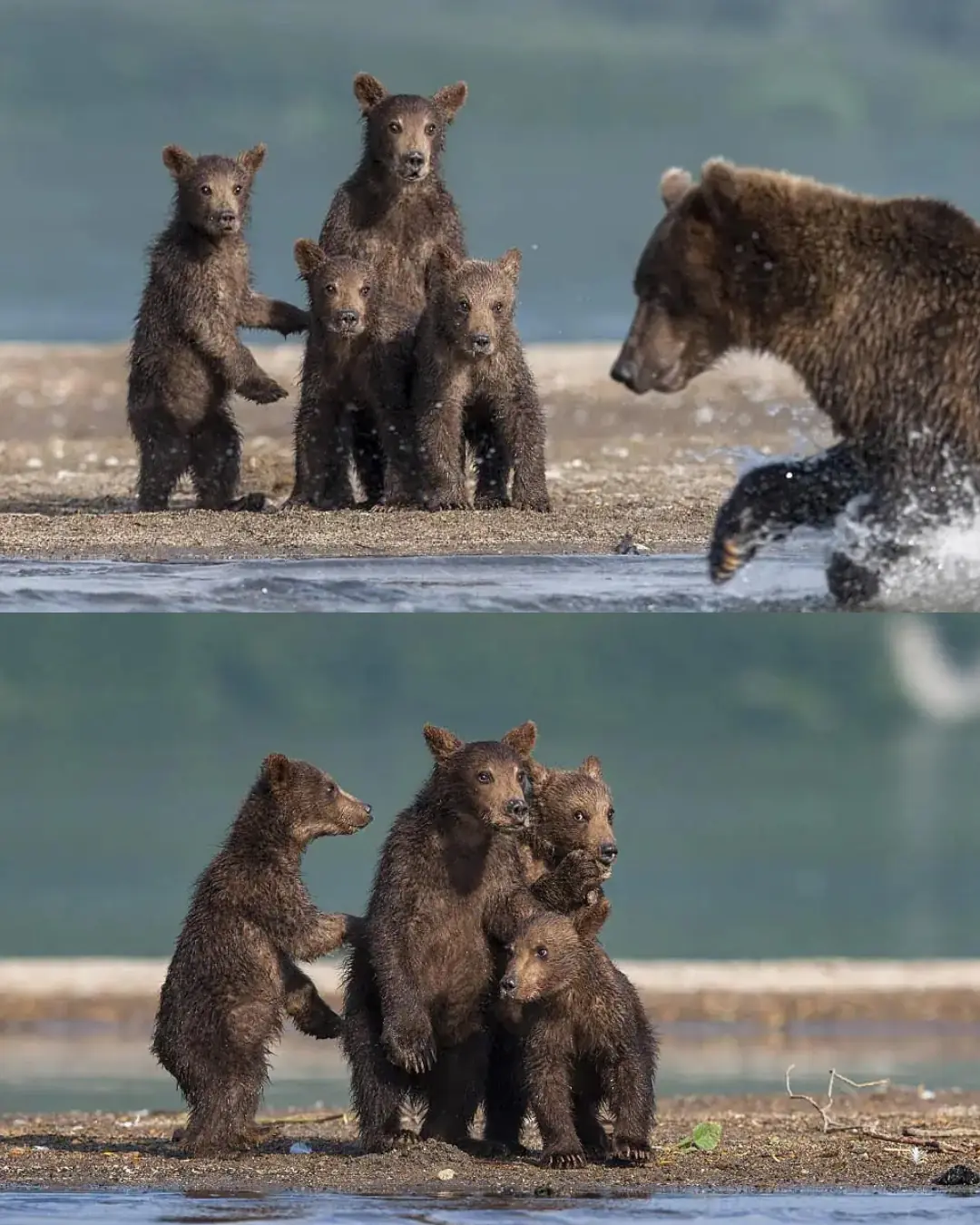
The Lesson by the Lake: A Mother Bear’s Love That Teaches Survival.

A Moment of Joy: How a Playful Baby Elephant Stole Everyone’s Heart

The Coyote at the Grave: A Bond That Survived Fire and Time

Sasha’s New Chance: A Journey of Courage, Pain, and Hope

Devotion: The Lions Made of Love and Cardboard.

The “Guilty” Raccoon Who Stole Hearts Instead of Snacks.

A Metro Ride, a Meltdown, and a Miracle: How One Officer Turned a Child’s Worst Day into a Moment of Kindness the World Will Never Forget.
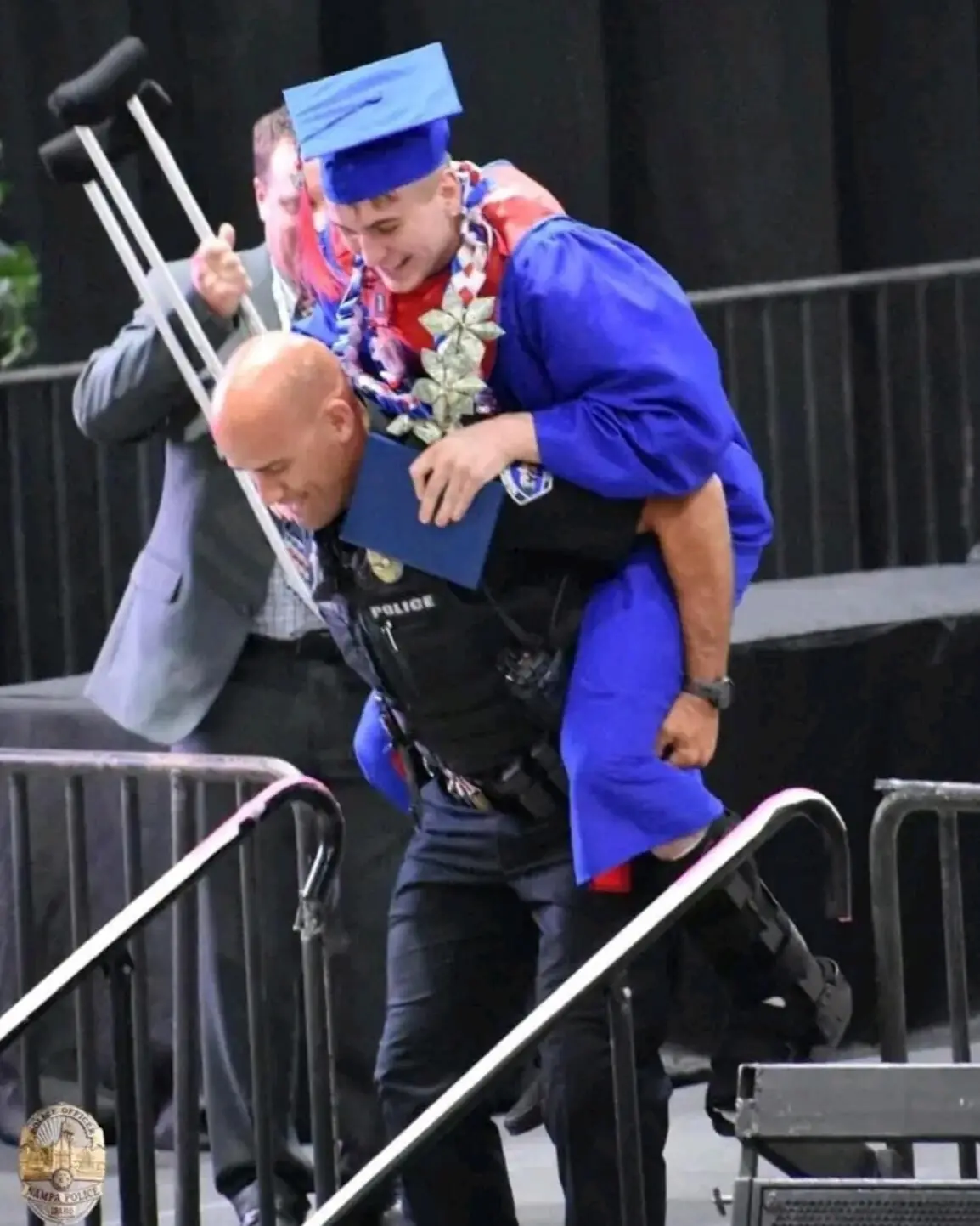
A Graduation to Remember: When a Police Officer Carried a Student Across the Finish Line.

A Moment of Joy: How a Playful Baby Elephant Stole Everyone’s Heart.
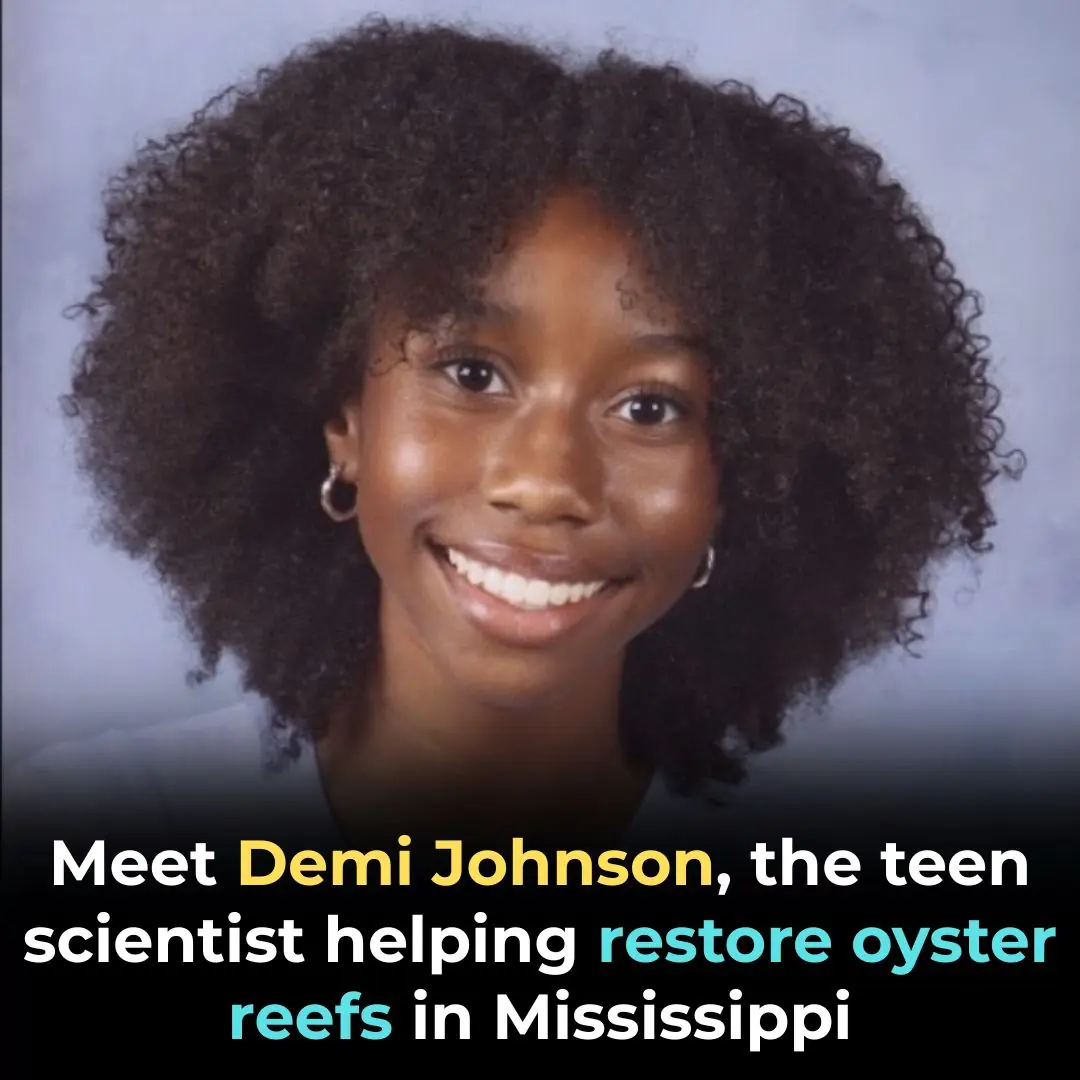
Meet Demi Johnson, the Teen Scientist Helping Restore Oyster Reefs in Mississippi

Holding On for a Miracle: Keontae McKinnon’s Brave Fight

A Homecoming Marked by Grief and Gratitude: The Corley Family’s Journey
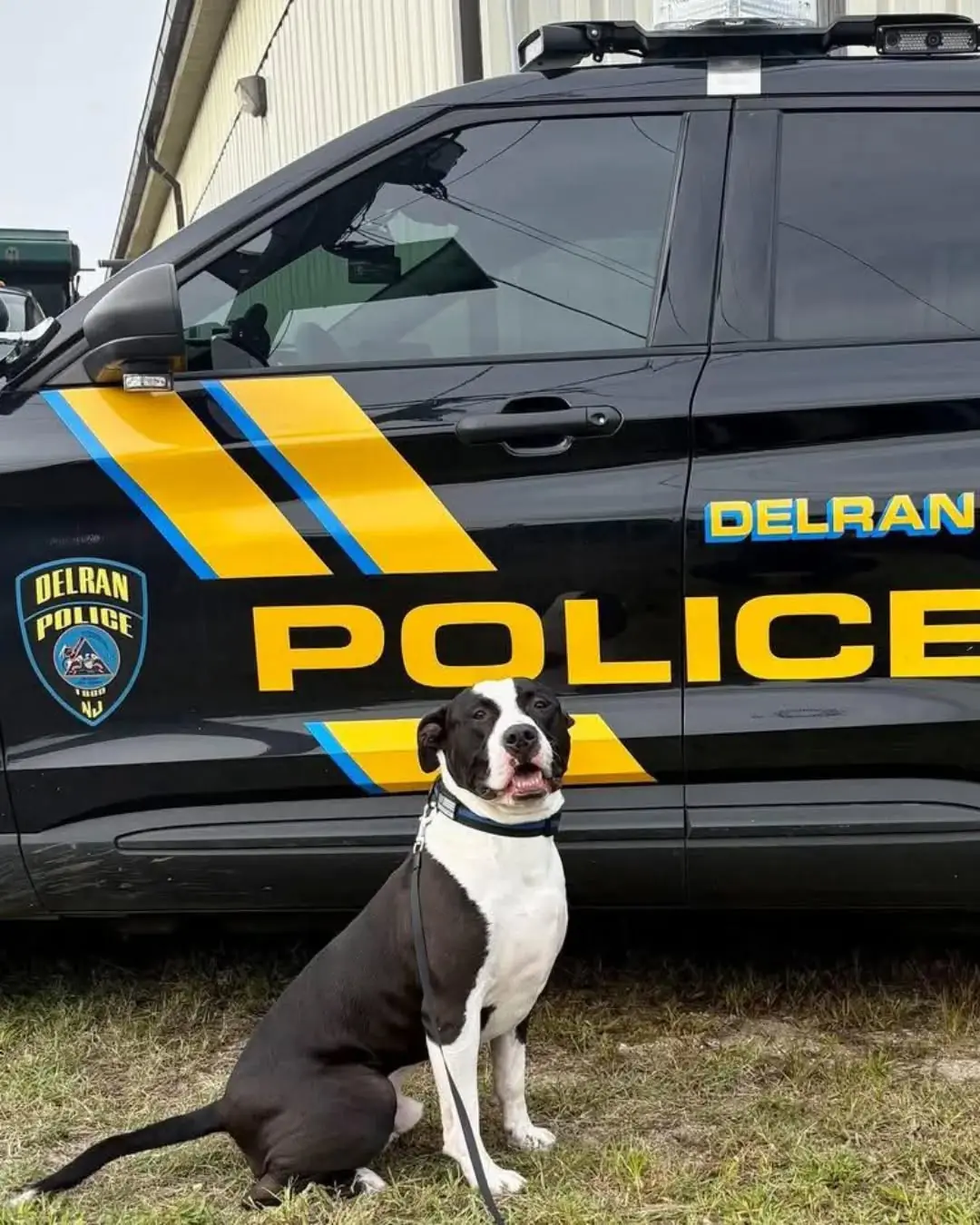
From Shelter to Service: The Incredible Journey of K-9 Ron
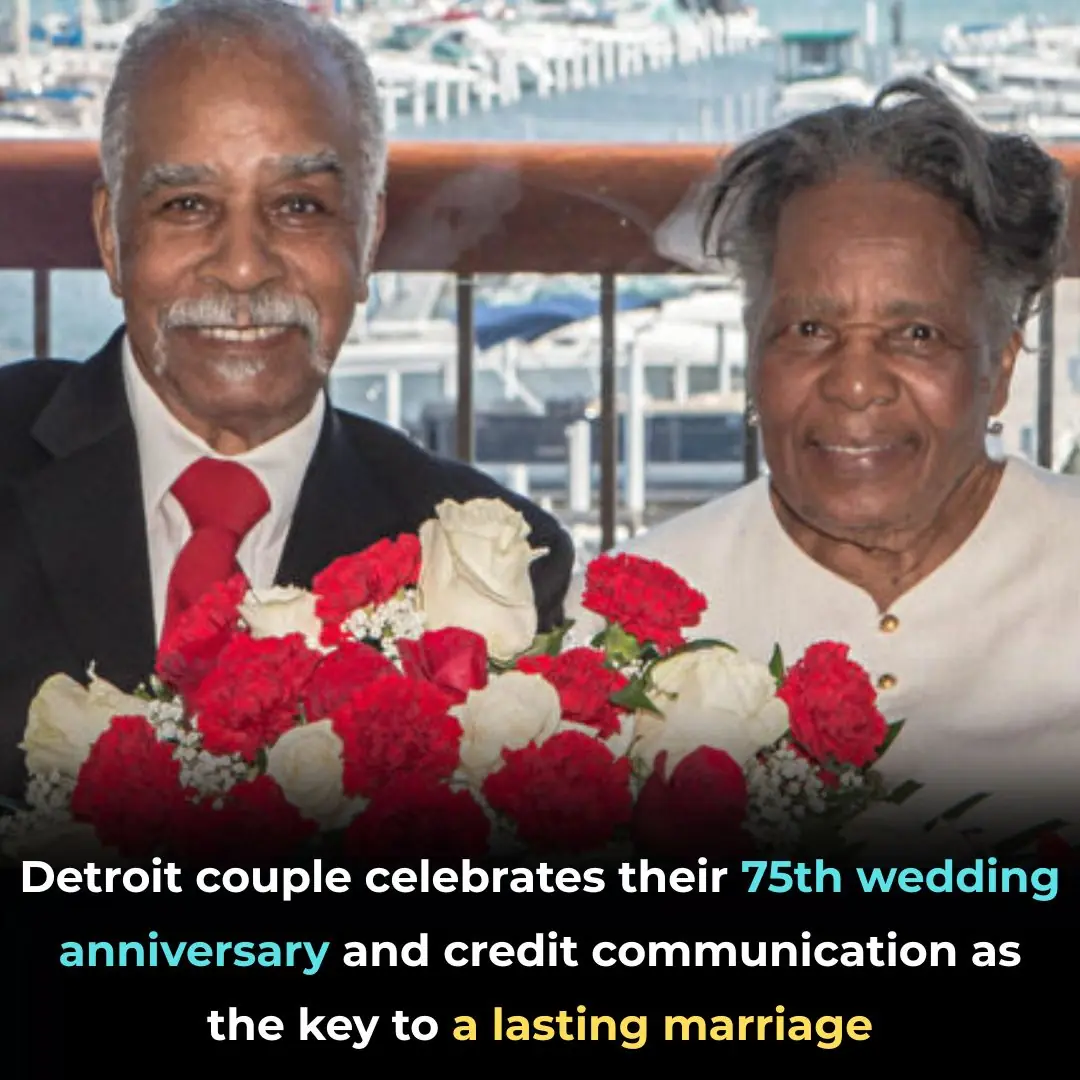
Detroit Couple Celebrates Their 75th Wedding Anniversary And Credit Communication As The Key To A Lasting Marriage
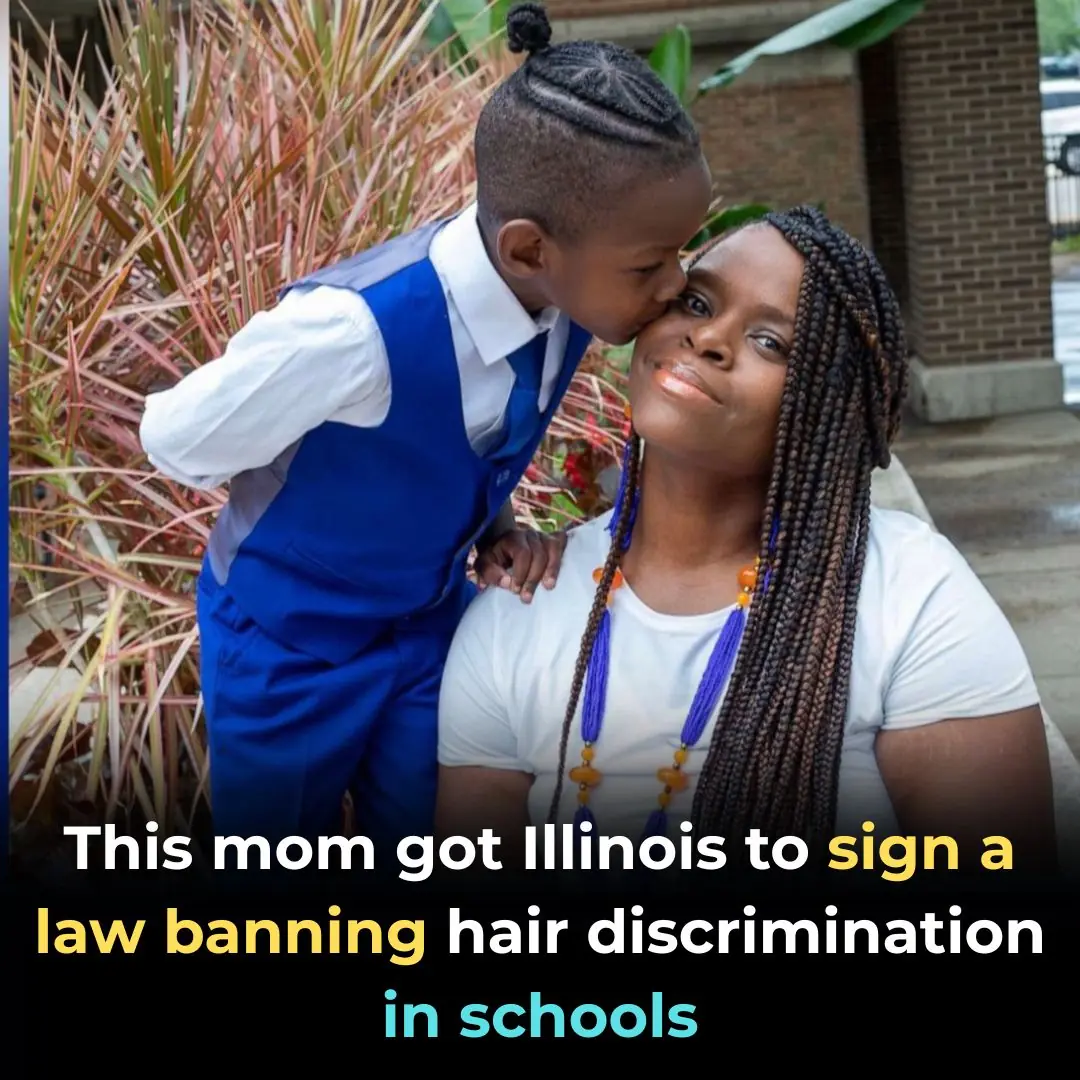
This Mom Got Illinois To Sign A Law Banning Hair Discrimination In Schools

These Multilingual Siblings Have Created A Virtual Academy To Teach People How To Speak Other Languages
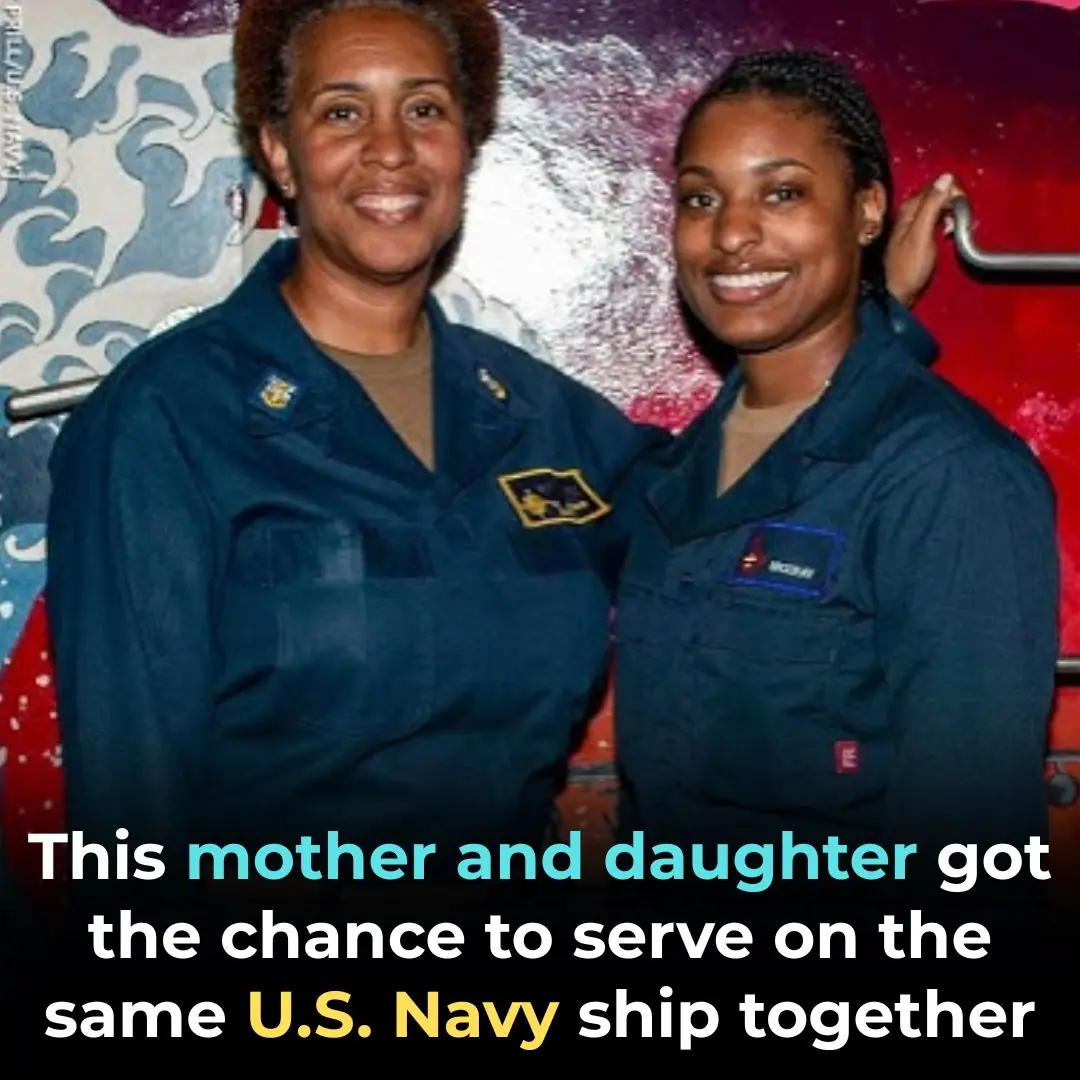
This Mother and Daughter Got The Chance To Serve On The Same U.S. Navy Ship Together
